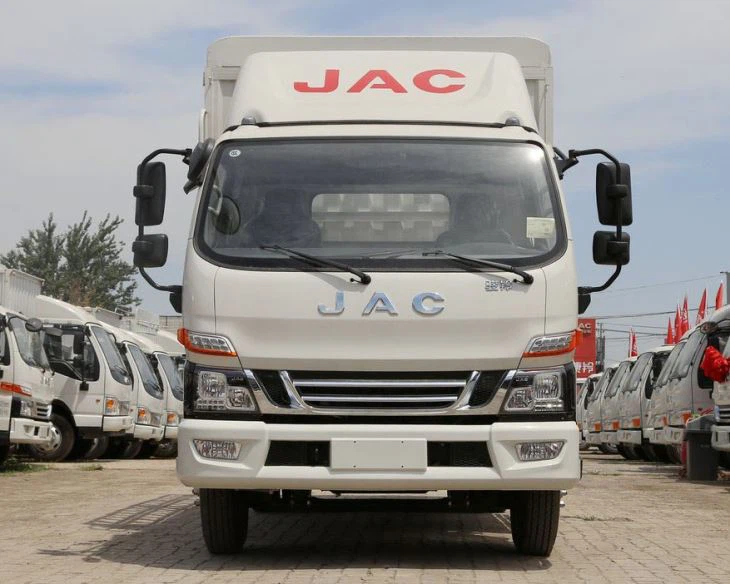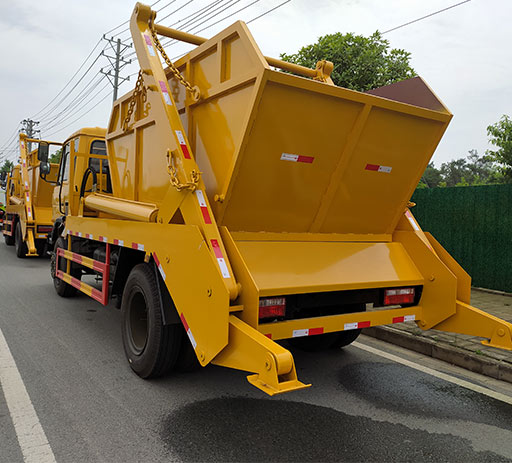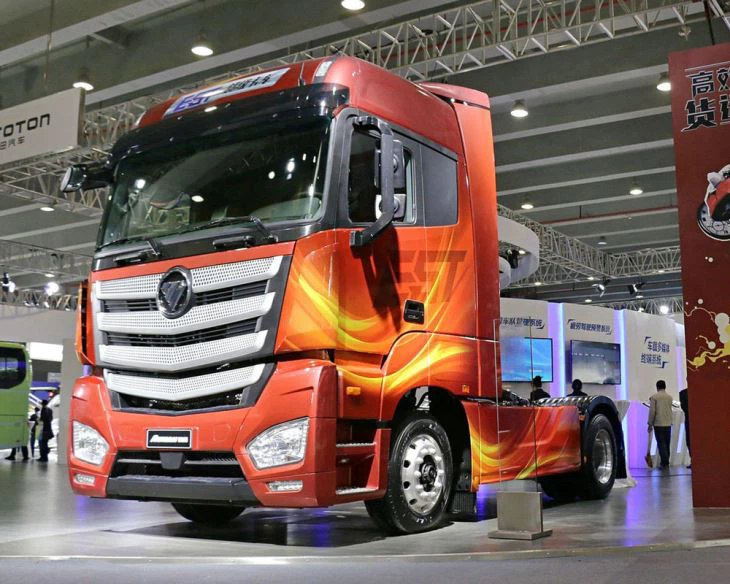Exploring the TOM Truck: A Comprehensive Guide

The TOM Truck represents a shift in the transportation landscape, combining innovation, functionality, and sustainability. This article delves deep into the features, benefits, applications, and future roles of TOM Trucks in various industries.
What is a TOM Truck?
The TOM Truck, short for “Transport On-demand Modular Truck,” embodies a modern approach to vehicle design and utility. It stands out due to its modularity, allowing users to customize configurations based on specific needs. Whether used for logistics, construction, or personal transport, TOM Trucks promise versatility.
History of TOM Trucks
The concept behind TOM Trucks stems from the need for more adaptable transportation solutions in an ever-changing market. Over the years, TOM Trucks have evolved to incorporate technological advancements, such as connectivity and eco-friendliness, which align with current environmental trends.
Core Features of TOM Trucks
- Modular Design: Allows users to adapt the truck for various tasks, ranging from cargo transport to dumping and more.
- Electric Options: Many TOM Trucks are available in electric variations, significantly reducing carbon emissions.
- Advanced Technology: Features such as GPS tracking, autopilot functions, and real-time data analytics to optimize routes and saving costs.
- Increased Payload Capacity: Designed for durability and strength, TOM Trucks can handle heavy loads efficiently.
Applications of TOM Trucks
Logistics and Delivery
TOM Trucks are especially useful in logistics, where speed and efficiency are paramount. Their modular design allows for quick transformation from cargo transport to specialized delivery vehicles.
Practical Example:
A logistics company uses TOM Trucks configured with refrigerated modules to transport perishable goods efficiently, ensuring they reach their destination without spoilage.
Construction Sites
In construction, TOM Trucks are invaluable. They can be outfitted with various attachments, such as flatbeds or dumpers, making them ideal for transporting tools and materials.
Practical Example:
A construction firm employs TOM Trucks to transport gravel, using dump modules to efficiently unload their cargo at job sites.
Personal Transportation
With urban areas moving toward sustainable living, TOM Trucks offer a viable solution for personal transport, especially in metropolitan areas plagued by traffic congestion.
Practical Example:
A city-based service introduces TOM Trucks for shared rides, allowing multiple passengers to travel together, cutting costs and reducing traffic.
The Benefits of Using TOM Trucks
Cost-Efficiency
TOM Trucks promise long-term savings through improved fuel efficiency, especially in electric models that reduce operating costs significantly.
Sustainability
By adopting TOM Trucks, companies can ensure compliance with emerging environmental regulations, reducing their carbon footprint and enhancing their public image.
Safety Features
Equipped with advanced safety systems, TOM Trucks minimize accidents and enhance driver and passenger protection.
Choosing the Right TOM Truck

Assess Your Needs
- Determine the primary purpose of the truck (e.g., delivery, construction).
- Evaluate the load capacity required for your operations.
- Consider the terrain in which the truck will primarily operate.
Budget Considerations
TOM Trucks come in various price ranges. It is crucial to assess not only the purchase cost but also long-term maintenance and operational expenses.
Maintenance of TOM Trucks
Regular Check-ups
Consistent maintenance is essential for keeping TOM Trucks in optimal condition. This includes regular oil changes, tire checks, and servicing the electric components.
Cleaning and Upkeep
Regular cleaning not only maintains aesthetics but also prevents rust and other forms of deterioration that could affect performance.
The Future of TOM Trucks
Technological Advances
The future will likely see more advanced integrations with AI for route optimization, enhanced automation for delivery processes, and further advancements in eco-friendly technology.
Expansion into New Markets
As the demand for versatile transportation options grows, TOM Trucks are expected to penetrate new markets, including developing nations, where reliability and versatility are critical.

TOM Trucks vs. Traditional Trucks
| Feature | TOM Trucks | Traditional Trucks |
|---|---|---|
| Modularity | High – customizable for various tasks | Low – set configurations |
| Fuel Type | Available in electric and hybrid | Mostly fossil fuels |
| Cost Effectiveness | Potential long-term savings | Higher maintenance costs |
| Safety Technology | Advanced systems available | Traditional safety features |
FAQ
1. What types of industries can benefit from TOM Trucks?
TOM Trucks can be used in logistics, construction, personal transport, and urban mobility services, each leveraging their modular design for specific needs.
2. Are TOM Trucks environmentally friendly?
Yes, many TOM Trucks have electric or hybrid options, significantly reducing their carbon footprint compared to traditional trucks.
3. How often should I maintain my TOM Truck?
Regular maintenance is crucial, typically every 5,000 to 7,500 miles, or based on the manufacturer’s recommendations for oil changes and other upkeep.
4. Can TOM Trucks be used for recreational purposes?
Absolutely! With their modular design, TOM Trucks can be customized for outdoor adventures, making them suitable for recreational use as well.

5. Do TOM Trucks have advanced safety features?
Yes, TOM Trucks come equipped with various safety technologies, such as lane-keeping assist, advanced braking systems, and collision detection.
6. What are the financing options for purchasing a TOM Truck?
Financing options vary by manufacturer and dealership but typically include loans, leases, and potential government incentives for electric vehicle purchases.
